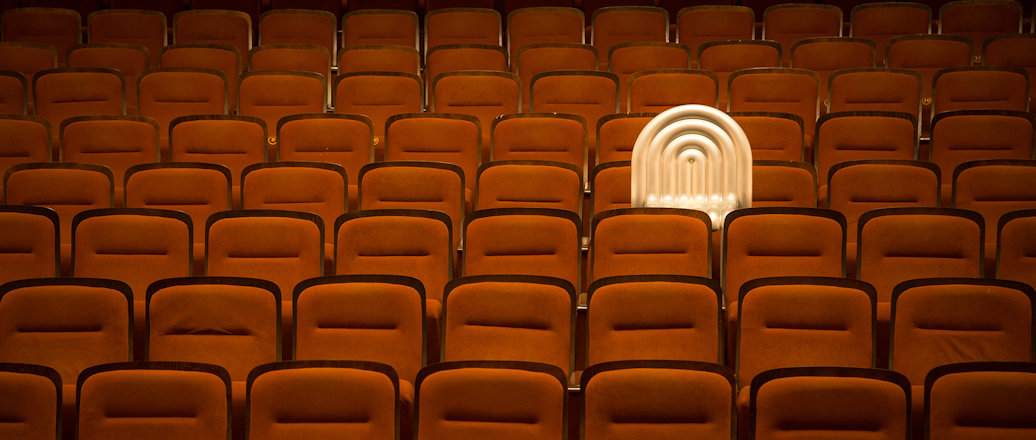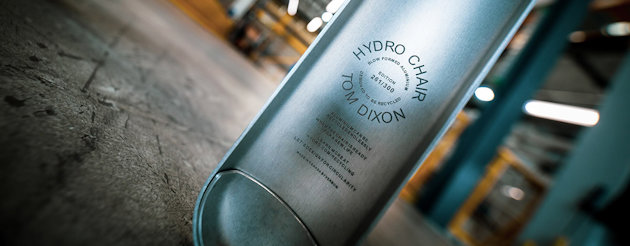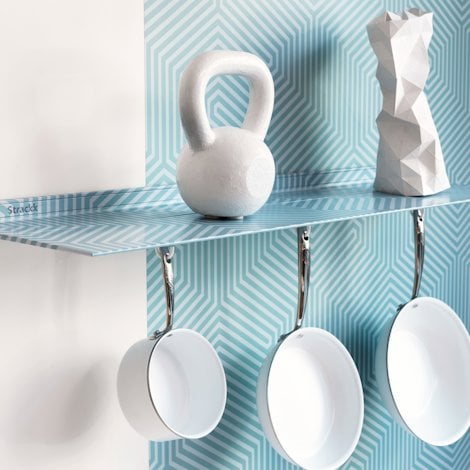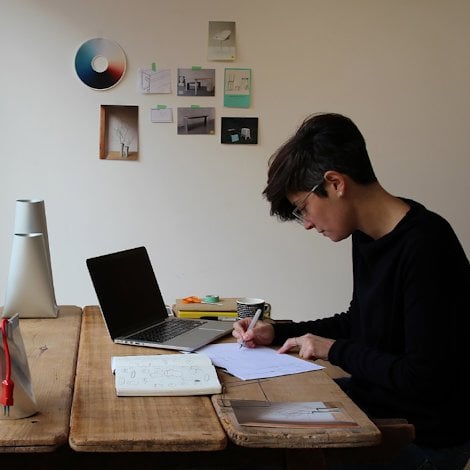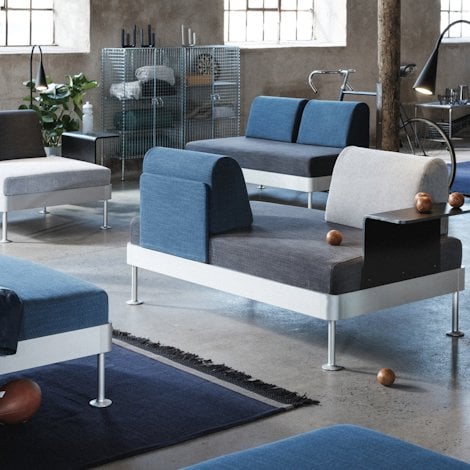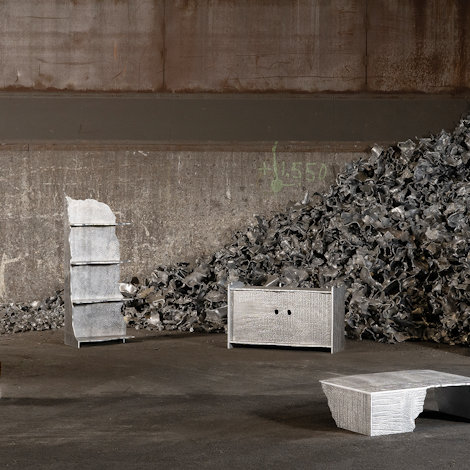Adding anodizing technology and aluminium to the imagination of Tom Dixon
The times when design was perceived only in aesthetic terms are gone. Designed objects still need to be original, but they mostly have to be functional, long-lasting and ecological. They should carry a host of added values, combining glamorous with effective. Tom Dixon’s innovative aluminium chair is an example.
Anyone who loves modern original furniture has heard of Tom Dixon’s iconic designs. Absolute classics, like the S Chair, woven from straw, and the Pylon Chair, based on steel wires joined by welding. You can admire his creations in the most fashionable interiors of bars and hotels, private residences, as well as the Victoria and Albert Museum in London, the Museum of Modern Art in New York, and the Centre Georges Pompidou in Paris.
Dixon is also known for his love of metal. Choosing aluminium for one of his recent projects was therefore no surprise. I worked on the project. Will get to that later.
An aluminium chair with respect for the environment
Dixon designed his all-aluminium chair with longevity, functionality, beauty and respect for the environment in mind. Consisting of only a few components, it can be easily recycled when its life as a piece of furniture comes to an end.
Manufactured with the superplastic forming of aluminium alloys, the chair has a ballooned pattern. This was achieved by blow-forming the metal at high temperatures and then laser-cutting the shape.
These methods were developed in the automotive industry to make deep and complex forms that only a few years ago were impossible to achieve.
Anodizing aluminium to create the desired look
Anodizing the aluminium came next. This is my area of expertise.
Anodizing creates a surface with high purity and a hexagonal structure, making the layer resistant. It reduces the risk of corrosion, makes the product wear-resistant and enhances thermal insulation and electrical properties.
Anodizing is a process comprising several consecutive sub-processes:
- Degreasing. This step removes dust, grease, coolants and polishing liquids from machining processes and fine dirt from the aluminium surface. The cleaning uses high-quality detergents.
- Etching. This process removes minor scratches and abrasions, and mattes the surface. It can be performed through acid etching or caustic soda-based etching.
- Desmutting. This is the final phase of pre-treatment, when the aluminium components are immersed in an acid bath. This neutralizes and thoroughly cleans the surface prior to anodizing.
- Anodizing. In this main phase, an oxide layer is converted from the aluminium alloy. The sulphuric acid electrolyte plays a major role in the process. The result is a natural silver-looking oxide layer up to 25 µm thick.
- Coloring. Now, with a structure where it is possible to dye the coating, we can use a bath containing tin and sulphuric acid to change the color of the aluminium components from natural to champagne to bronze to classic black.
- Sealing. This process protects the new aluminium oxide layer from the negative effects of atmospheric and physical-chemical conditions. The pores of the oxide are heated in demineralized water at 96 degrees Celsius, where they undergo a process of hydration (forming a boehmite in the pore structure), making the surface smooth and shiny. And ready to use.
Dyeing aluminium in highly decorative colors
An additional advantage, here with Dixon’s all-aluminium chair in mind, is the increase of aesthetic values, as well as the possibility of dyeing in highly decorative colors. In addition to increased technical parameters, this makes the elements acquire a designer character. An appearance of luxury.
Industrial engineering, interior and office equipment, medical devices, swimming pools, solar panels, solutions for transportation and automotive, furniture, decorative elements, finishing details – these are just a fraction of the possibilities that anodizing opens up for us.
In my view, there is nothing that prevents extremely durable and designed aluminium that has undergone this process from becoming the structural basis for modern solutions. Like Tom Dixon’s chair.

